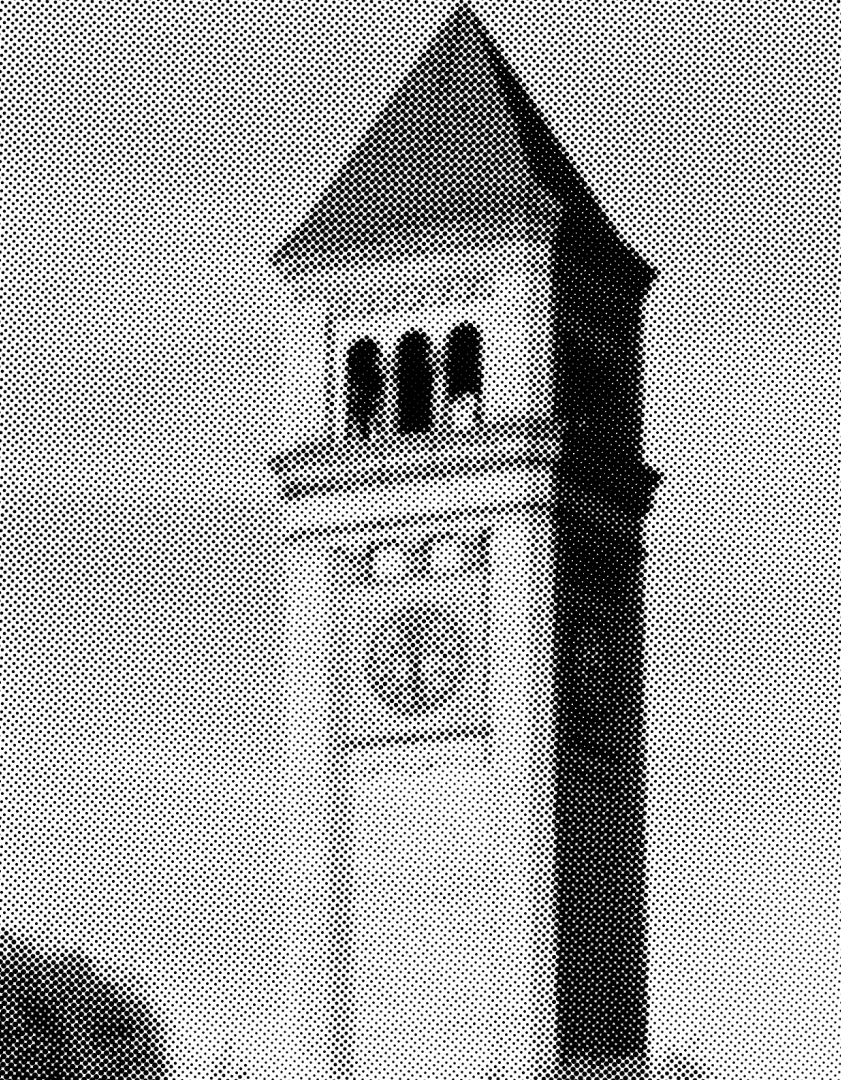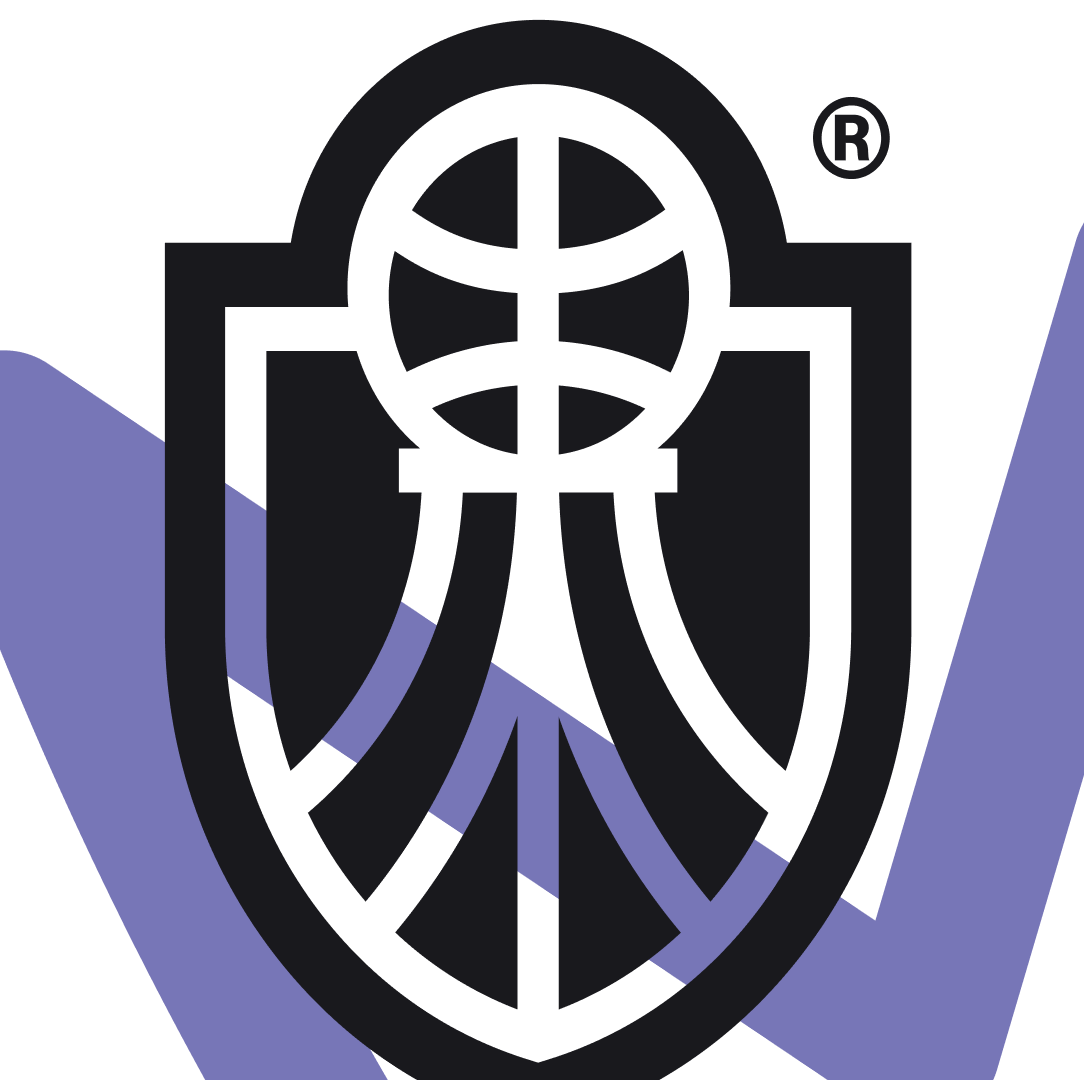
The Story of
Hooptown
If you’re standing at this spot, chances are there’s a basketball game going on, or someone is getting up shots just a few steps away.
And even if the courts are empty, you can sense the rhythm of the bouncing ball, a drumbeat that echoes across Spokane all year.
That is to be expected. You're in Hooptown USA.
Say what? Spokane? Hooptown USA?
Isn't that a bit presumptuous?
Did anyone consult the Big Apple, with its twin cathedrals of Madison Square Garden and Rucker Park, where basketball was stamped the City Game?
Or Indianapolis, where backboards once adorned every barn between every burg on the state map and where Gene Hackman had his Hoosiers farm boys measure the baskets?
What about Tobacco Road, home to college basketball's steamiest rivalries? Or glitzy Los Angeles of Magic and Showtime and Kobe and John Wooden's UCLA dynasties? All worthy hubs of the game, to be sure. But that doesn't make any of them Hooptown.
There is something altogether different about what's going on in Spokane, and it ripples out to Cheney, Pullman, and other nearby points. This basketball phenomenon has grown in an odd and organic fashion— a mix of the urban with the rural, of a traditional kind of basketball success with two never-to-be-replicated obsessions that defy easy explanations and possibly reason.
You know them as Hoopfest and the Zags.
In June 2021, the Spokane City Council put its official stamp on the identity of Hooptown USA. But that distinction didn't start with a proclamation.
If you want a genesis, it began 40 years or so before. Spokane and the Inland Northwest had any number of basketball godfathers predating that—Squinty Hunter, Frank Burgess, and Jack Friel come to mind. But in the late 1970s and early 1980s, a wave of game-changers emerged on the scene.
Many of them have been installed as part of the inaugural class of the Hooptown Hall of Fame: George Raveling, who got a campus and a region energized about Washington State basketball; John Stockton, Spokane's first NBA first-round draft pick; Jeanne Helfer, WSU's first female scholarship athlete; and Bobby Jack Sumler, whose playground legend cribbed the feel of more populous basketball centers.
At the same time, momentum from Title IX’s enactment in 1972 made Spokane fertile ground for girl’s basketball. Gonzaga climbed to the West Coast Conference, a small but important early step up in its commitment. Don Monson's Idaho Vandals burst to the top of the Northwest pecking order for a couple of years, bringing down Pac-10 teams. And Eastern Washington University took the leap to NCAA Division I status.
An appreciation for basketball was beginning to grow that seemed dormant before.
But for that appreciation to crystallize into a passion would require two extraordinary elements.
In 1989, two Spokane professionals with different aims hit on the same idea—a 3-on-3 basketball tournament on a summer weekend staged on the streets downtown. When Rick Betts and Jerry Schmidt were brought together and shared their vision, the result was Hoopfest. It launched the following year with an almost naively hopeful spirit on just a few city blocks.
In a last-minute fever, over 500 teams and 2,000 players entered, and the result was an instant smash. Those who played had a ball, and those who came down to watch wished they had played. Year two saw participation double. By year five, the 10,000-player mark was topped, rocketing to 20,000 by year ten. Eventually, it took 450 courts—spread throughout downtown—and to points across the Spokane River—to handle the 7,000-some teams and nearly 28,000 players.
Even the basketball-minded originators couldn't have imagined the breadth of the event's appeal, from the tiniest kids to the creakiest old men to college players who had experienced March Madness just weeks before. Wheelchair teams, coed teams, family teams, Special Olympians, mothers and grandmothers who pre-date Title IX, and high school cross-country runners on a goof came out.




